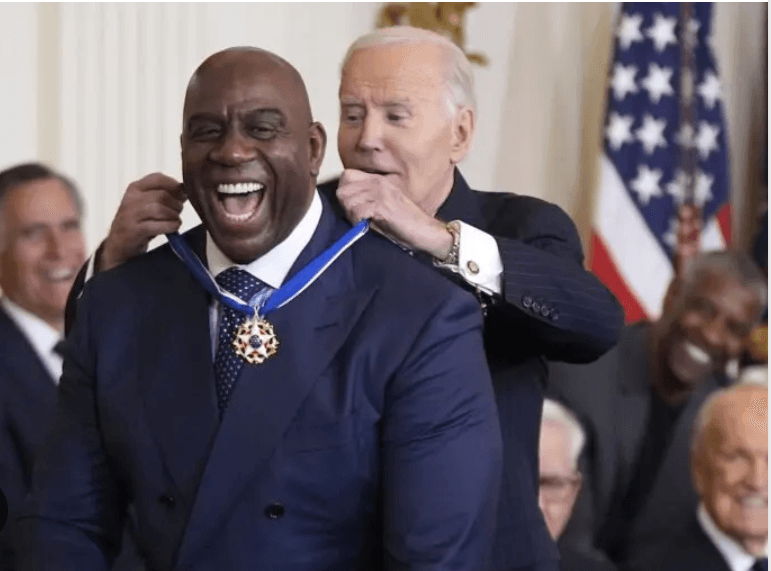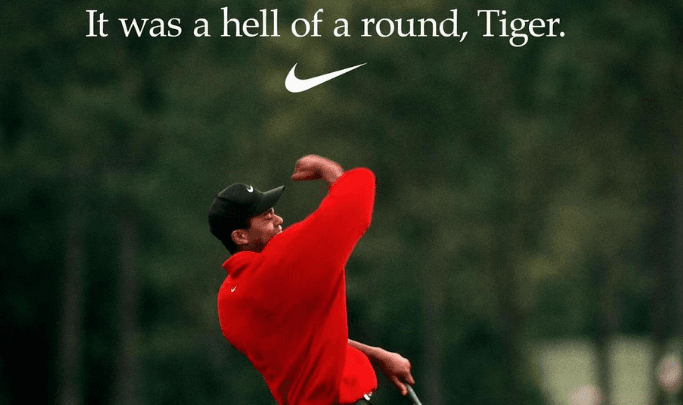The Face of the League
The Face of the League: The Role You Think You Want, Until You Have It
By Candace Goodman | The Good Blog
It starts with a smile. A handshake. A camera flash. Then come the brand deals, the private jets, the dinners with commissioners. You’re not just a player anymore—you’re the face. You’ve been let into the most exclusive club in sports, the “Face of the League Club.” But what the fans see as glory, insiders know is a carefully choreographed illusion. One that makes you rich, immortal, and monitored.
Being the face isn’t just about being great. It’s about being controllable. Polished. Predictable. It’s about fitting into a narrative engineered by the most powerful media machines on the planet. From Messi to Mahomes, Jeter to Jordan, what connects them is not just talent—it’s compliance. This is your Black Mirror moment: when fame becomes a simulation and you realize your legacy has been purchased before you ever signed the dotted line.

The Criteria: Sell the Sport, but Not Yourself
To be the face of a league is to live under dual citizenship: one for your country, and one for your league’s brand identity. Athletes must excel on the field but more importantly, disappear off it. Your image has to be flawless. Flaws are scrubbed. Emotions are sanitized.
The requirements are unwritten, but deeply enforced:
- Never speak without approval.
- Never challenge league economics.
- Never get political—unless the politics help sell merch.
- Maintain peak performance or risk quiet exile.
But there are also contractual whispers—lifelong commitments few talk about:
- Mandatory participation in legacy documentaries and league-funded media after retirement.
- Obligatory appearances at Hall of Fame events, drafts, and major league marketing launches—decades after the final whistle.
- Required mentorship or “passing the torch” sessions with the next chosen face—scripted, branded, and broadcast.
- Silent clauses that restrict affiliations with certain public figures, causes, or competing brands—even post-retirement.
- Non-disparagement agreements that prohibit discussing league failures for life, even in memoirs.
To sign the dotted line is to sign over your spontaneity. You’re not just aligning with the league—you are now its mirror.
The Origin Code: From Ruth to Jordan to Algorithm
The prototype was Babe Ruth, a drunk with a bat who saved baseball from the 1919 scandal. Then came Jordan. The NBA’s boardroom scientists in the '80s perfected the mold: take a generational talent, scrub the edges, market him like a deity. With Jordan, David Stern discovered that selling a singular, global identity was more profitable than any team.
Today, it’s evolved. The face is chosen via deep behavioral analysis—psych profiles, media training, marketing labs. Entire media kits are designed around your story arc before your first professional game. You are no longer just a player; you are a platform. The algorithm favors charisma, humility, and just enough struggle to sell redemption.

Privileges of the Program
Entry into the club brings reward:
- $100M endorsement pipelines
- Influence over rule changes
- Private briefings on scandals before they break
- Protection from negative media via controlled coverage
You’re looped into deals most of your peers never see. David Beckham was given a clause to buy his own MLS team. Tiger Woods was paid $15 million just to keep being Tiger Woods, even when he didn’t play. LeBron is consulted on NBA policy decisions. Brady helped shape the NFL’s TB12 nutrition narratives. These aren't perks—they’re trade-offs for silence.
And once in, you are never truly out. Even retirement is scripted. You will:
- Host league-approved youth camps.
- Sit courtside, field-side, or green-side for photo ops.
- Star in “look who’s back” commercials every anniversary.
- Endorse nostalgic merchandise campaigns engineered for the next generation.
You are an eternal ambassador. An athlete-turned-avatar.

Replacements and Ejections
Fall out of line and the machine unplugs you. Ask Cam Newton. Ask Colin Kaepernick. Ask Naomi Osaka. They were all ascendant until they said something unscripted, wore something unapproved, or broke under pressure. The club doesn’t do vulnerability. It does archetypes.
Even scandal is sanitized for certain members. When Tiger crashed, the PGA stood back, let sponsors flee, then rebuilt him when the public was ready. When others fall—those less anointed—they disappear. There’s no public trial, just a fading highlight reel.
And then there are those who apply and get denied. The ones who play the part but don’t get the call. Kyrie Irving wanted the crown—his skill was unmatched, his story cinematic. But he spoke too freely. Too unpredictably. Ja Morant’s highlight reels had Face of the League potential—until the brand risk outweighed the upside. The league doesn’t gamble on volatility.
As LeBron James prepares for his final seasons, the NBA finds itself at a crossroads. Who replaces the most media-trained, corporate-aligned, socially-tolerated face in sports? Luka Dončić? He has the game, but not the global PR machine yet. Victor Wembanyama? The marketing has already begun. He’s tall, foreign, and quiet—the ideal blank slate. The NBA is watching closely, curating carefully.
The NFL, by contrast, managed a nearly seamless handoff from Tom Brady to Patrick Mahomes. As Brady faded, Mahomes was already filming commercials, getting mic’d up, shaking hands with owners in the right zip codes. He fit the mold: humble, dazzling, family-centered, and averse to controversy. His rise wasn't accidental—it was orchestrated.
The succession plan is never left to chance. If the face retires, another is installed before the mask hits the floor.

What If the Leagues Swapped Playbooks?
What if each league tried on the marketing mask of another? Imagine the NFL embracing the NBA’s brash, player-first approach—letting quarterbacks drop mixtapes and publicly critique referees. Or the NBA taking on MLB’s rigid, conservative tone—turning its brightest stars into faceless uniforms with unwritten rules about celebrations.
Could MLB benefit from soccer’s global spectacle model, sending stars on world tours and creating Apple TV docs before they've even hit 30 home runs? Could the PGA tour thrive by adding a touch of WWE—a little trash talk, a hero and a villain?
It could be electric—or catastrophic. Because every league's image is precisely engineered to sell predictability, not evolution. To swap playbooks would be to disrupt not just branding, but investor confidence, media alliances, and political affiliations. The faces were made for their league’s story—not the other way around.
And that’s why it’ll never happen. Because these narratives aren’t flexible—they’re foundations.
Leagues Compared: Same Game, Different Skins
NFL: Conservative. Faces are quarterbacks. No politics. Stars are marketed as family men. Brady, Manning, now Mahomes—engineered to be spotless. Gatekeeper: Roger Goodell, NFL Commissioner. Media Strategy: Partnered closely with Wasserman and WME Sports, with exclusive brand alignments to State Farm, Nike, and Gatorade. PR Firm: 42West.
NBA: Flashier, global, more tolerant of activism. Jordan built the model. LeBron modernized it. Luka and Wemby are next-gen faces, already merchandised. Gatekeeper: Adam Silver, NBA Commissioner. Media Strategy: Driven through partnerships with Nike, Beats by Dre, and HBO’s Uninterrupted platform. PR Firm: PMK•BNC.
MLB: Traditionalist. Jeter was the perfect soldier. Ohtani is the clean global avatar. Flashy players exist but are rarely chosen. Gatekeeper: Rob Manfred, MLB Commissioner. Media Strategy: Focused on Topps trading cards, New Era caps, and Chevrolet. PR Firm: Edelman.
Golf/Tennis: Entire sports hinge on one name. Serena, Federer, Tiger. These aren’t faces—they’re gods. They hold power but must always play the myth. Gatekeepers: Jay Monahan (PGA Tour), Steve Simon (WTA), Andrea Gaudenzi (ATP). Media Strategy: Titleist, Rolex, Nike, and Wilson lead endorsements. PR Firms: IMG (parent of WME) and Octagon.
Soccer: Messi, Ronaldo, Beckham. Global ambassadors curated by clubs and brands. When MLS signed Messi, they gave him a stake in the league’s future. Gatekeepers: FIFA President Gianni Infantino, UEFA President Aleksander Čeferin, and regional club executives. Media Strategy: Built through Adidas, PepsiCo, EA Sports, and Amazon documentaries. PR Firms: Hill+Knowlton Strategies and Weber Shandwick.
Each league’s narrative machine is an intricate alliance between commissioner’s offices, select PR firms, and handpicked brands. The face of the league must fit the pre-approved image these machines agree to project: inspiring, safe, and impossible to ignore.

The Illusion of Autonomy
You’re applauded for being a “role model,” but role models aren’t real people—they’re constructs. Your interviews are prepped. Your friends are vetted. Your failures are buffered by multi-million dollar crisis teams.
You do not retire. You transition—to ownership, to ambassador roles, to executive boards. It’s lifelong. This isn’t just an endorsement. It’s the rest of your life. One clean, compliant legacy, traded in for full-spectrum influence.
The contract never ends. The show must go on. And you, the face, must always smile.
The New Athlete is an Avatar
In a time when authenticity is currency, the face of the league is paradoxically the most artificial role in sports. You are loved, but you are no longer yours. The narrative owns you. You speak only within its range.
This isn’t about sports. It’s about control. And now that you know the playbook, ask yourself: would you take the deal? Immortality for obedience? Would you smile on cue, even when the lights go out?
Welcome to the script. Welcome to the club.

Candace Goodman, The Good Blog